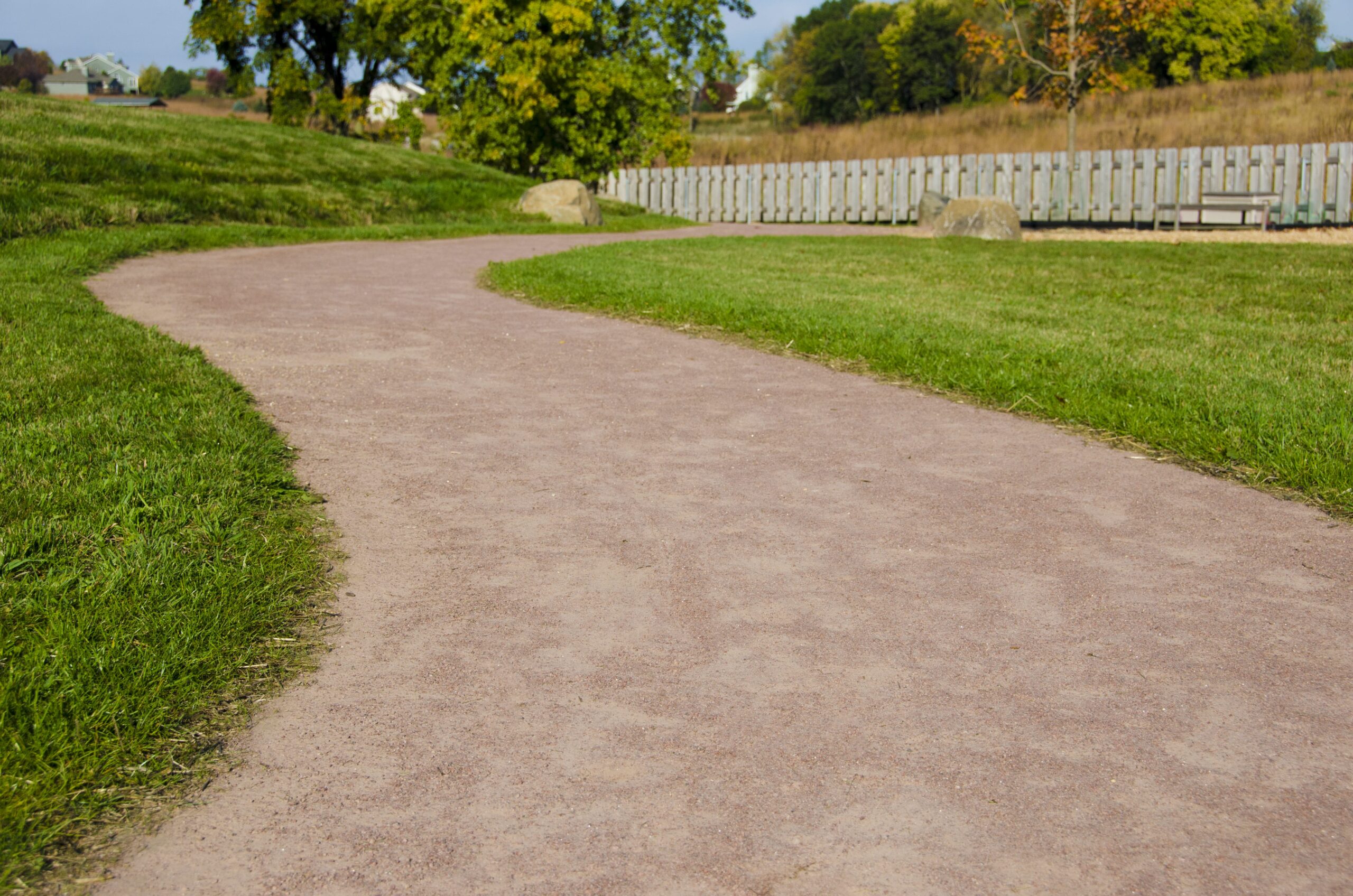When it comes to landscaping and garden design, the importance of material selection cannot be overstated. One increasingly popular option that has garnered attention for its aesthetic and functional benefits is decomposed granite. But have you ever pondered how such a seemingly simple substance can completely transform your garden? As you explore the possibilities of decomposed granite available at Lowe’s, you may encounter a delightful challenge: figuring out how to best incorporate this versatile material into your landscape. Let’s delve into the myriad ways decomposed granite can enhance your outdoor spaces.
Decomposed granite, often referred to as DG, consists of small particles of granite created through the natural weathering process. It’s available in several colors, adding an artistic dimension to garden pathways, patios, and surrounding plant beds. While this material certainly offers a beautiful finish, its myriad uses can raise an intriguing question: how do you prefer to design your garden?
Utilizing DG can seem overwhelming, especially with its myriad applications. Understanding the properties of decomposed granite will not only prepare you for your project but also arm you with the knowledge to face the challenges that lie ahead.
Let’s embark on a comprehensive exploration of using decomposed granite from Lowe’s in your garden, covering its advantages, potential applications, and installation techniques. Each segment will enlighten and inspire your gardening endeavors.
Exploring the Benefits of Decomposed Granite
One of the most significant advantages of using decomposed granite in your landscape is its permeability. Unlike concrete, which can lead to water runoff, DG allows water to permeate through the surface, promoting healthy soil moisture levels for surrounding plants. As a result, it helps reduce the incidence of erosion while minimizing the need for excessive irrigation.
The aesthetic appeal of decomposed granite cannot be ignored. With its naturally sourced colors ranging from warm golds to cool grays, it can harmonize beautifully with various plant species and architectural styles. Whether you’re aiming for a rustic, natural feel or a more modern aesthetic, DG offers versatility.
Moreover, decomposed granite is relatively low maintenance. Once installed, it requires less upkeep compared to traditional gravel or paved surfaces. Its stability also allows for easy navigation in and around your garden, making it a practical choice for pathways and outdoor seating areas.
Understanding the Different Types of Decomposed Granite
Before you leap into your garden project, it’s essential to recognize that not all decomposed granite is created equal. The two primary types are natural and stabilized decomposed granite. Natural DG is crushed, with minimal additives, providing a porous and rustic finish. This type is ideal for creating naturalistic pathways or xeriscapes, enhancing the surrounding ecosystem without interfering with the natural flow of water.
On the other hand, stabilized decomposed granite has been treated with a binding agent, making it more resilient to compaction and wear. This type is particularly suitable for high-traffic areas, such as patios or driveways. Comprised of organic or synthetic materials, it locks the granite particles together, ensuring that your surfaces remain intact and visually appealing over time.
How to Install and Use Decomposed Granite in Your Garden
Once you have chosen the right type of decomposed granite for your application, it’s time to tackle the installation process. This section will walk you through essential steps to ensure successful application.
Begin by selecting the area where you want to apply the decomposed granite. Clear away any existing vegetation, roots, or debris to prepare the space. It’s essential to create a level surface for optimal drainage and aesthetics.
Next, consider incorporating landscape fabric as a weed barrier. Lay the fabric down before placing the DG, as it allows water to pass while deterring unwanted plant growth. This step can prevent weeds from infiltrating your newly designed space, thus reducing future maintenance.
Now, it’s time for the fun part: laying down the decomposed granite! Depending on your preferred thickness, pour a layer that ranges from 2 to 4 inches over the fabric. For a stable finish, use a tamper or roller to compact the DG tightly. This ensures the particles will bond and minimize movement underfoot.
To finish off your project, consider edging your DG pathways or patios with stones or bricks. This technique not only enhances the visual appeal of your garden but also prevents erosion and loss of material.
Visualizing Your Space with Decomposed Granite
What if you could transform your garden into a stunning oasis, characterized by inviting paths and serene seating areas? By meticulously planning your layout and selecting strategic applications of decomposed granite, the possibilities are truly endless.
Consider using DG to create winding paths that meander through your flower beds, leading the eye naturally from one section to the next. Additionally, it can serve as a beautiful foundation for outdoor sitting areas or fire pits, creating a harmonious space for gathering and relaxation.
Moreover, when juxtaposed with vibrant foliage, decomposed granite can accentuate the colors and textures of your plants. Imagine the contrast of lush greens against the warm tones of DG, all while maintaining an eco-friendly approach to landscaping.
In conclusion, utilizing decomposed granite from Lowe’s opens a plethora of opportunities for enhancing your garden. Its unique physical properties, aesthetic flexibility, and minimal maintenance needs make it a superb choice for gardeners of all levels. As you embark on your journey with decomposed granite, you may find yourself facing challenges, but each obstacle presents an opportunity to express your creativity and further refine your outdoor sanctuary. Embrace the adventure and let your garden flourish with the aid of this remarkable material.





Leave a Comment